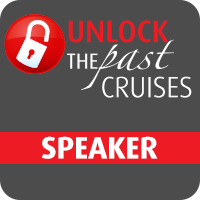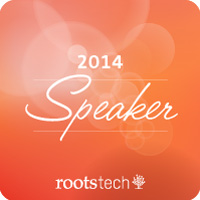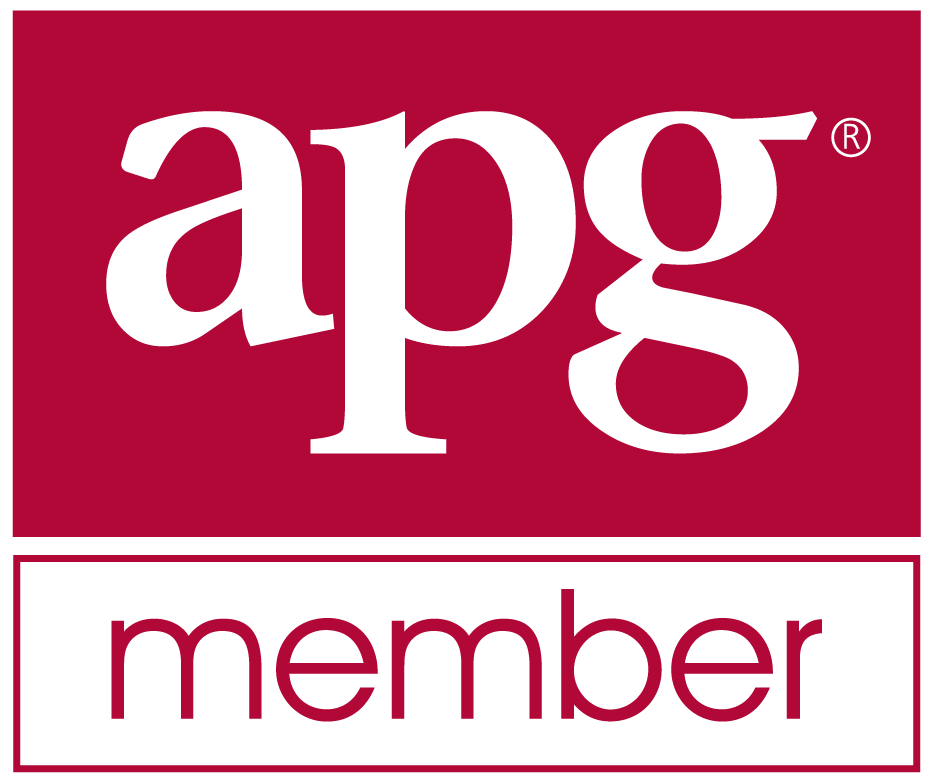About #RootsTech 2015 - Sun, 15 Feb 2015
This year I was #notatRootsTechbutWouldHaveLikedToBe.
RootsTech began in 2011 and became an annual event, held each year in February at the Salt Palace Convention Center in SaltLakeCity. It has been growing every year, starting with 3,000 attendees in 2011, 4,500 in 2012 and 6,700 in 2013. In 2014, they added Family Discovery Day bringing attendance up to 13,000. This year the conference was held alongside the conference of the Federation of Genealogical Societies Meeting and a reported 20,000 attended.
I was at RootsTech in 2012 and 2014. In 2012, I entered Behold in the (what was then called) Developer’s Challenge. I was on a panel about “Sourcing, Citations, Meta Data”, I got to demo Behold in the demo hall, and give away 2 copies of Behold at Dick Eastman’s after conference dinner. In 2014, I met other developers at the Blue Lemon before the Innovator’s Summit and gave a talk on “Windows Phone for Genealogists”. Both years I went to many interesting keynotes and talks of use to me.
Both years, I enjoyed meeting all the people, asking questions and getting ideas. This is the perfect conference for me because the people cover all my venues. As a developer, I get to meet and spend time with other small developers like myself. The large companies: FamilySearch, Ancestry, MyHeritage and Findmypast are all represented, give talks, and have large booths in the exhibit hall. There were dozens of other genealogy software companies in the exhibit hall, and I talked to many of the developers who I’ve given GenSoftReviews User’s Choice awards to. I have contributed to the discussions on BetterGedcom, FHISO and GEDCOM X and I met many of the people involved in advancing genealogy standards. As a geneablogger, I got my blogger beads from Dear Myrtle and enjoyed talking to the bloggers I follow and met some new ones. Finally, I meet many Behold users, and learned more about you and what you want in your genealogy software.
A big thing I see that has been happening from these RootsTech Conferences is an increased interest in genealogy in North America. The keynotes include big names such as Laura Bush and Donny Osmond who are giving genealogy a higher profile. Watch Donny Osmond’s keynote and catch where he mentions PAF and GEDCOM.
But even more importantly, these RootsTech Conferences have been bringing out collaboration and sharing between the big genealogy companies. They are all here and talking to each other. I remember in 2012, Ancestry got a Keynote one day, and it felt like the “enemy” in hostile territory. But no more. Those first few RootsTech Conferences have been breaking down these barriers and there are now partnerships and data sharing going on that will get even better since everyone is talking. This will help genealogists everywhere and our pastime will evolve cooperatively.
I do highly recommend that everyone see the RootsTech Video Archive for 2015 as soon as you can, because it will not be up there permanently. They likely will put up all 15 live stream sessions, but as I write this, only half of the live stream sessions are there. I expect the others will be added soon. You will see the keynotes and a sampling of some of the talks. Especially don’t miss the Keynote of Tan Le.
I originally was not expecting to make it to next year’s RootsTech either. I’ll be speaking on the 11th Unlock the Past Cruise from Feb 14 to Mar 3, 2016. I was thinking the cruise was going to coincide with RootsTech 2016. But then, they announced that RootsTech next year would be a bit earlier than this year, from Feb 4 to 6, 2016 with the Innovator’s Summit on Feb 3. So now I’m going to try to arrange to go. Will I see you at RootsTech 2016?

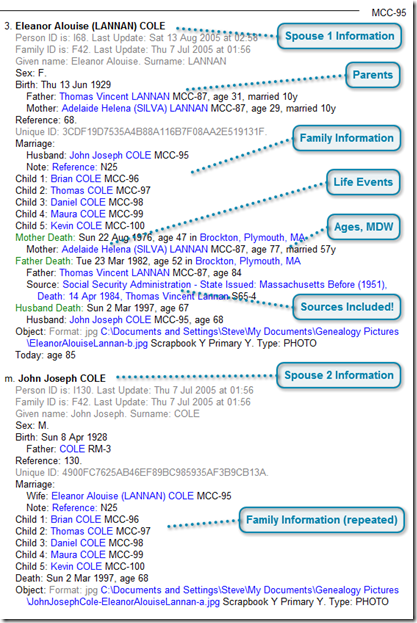

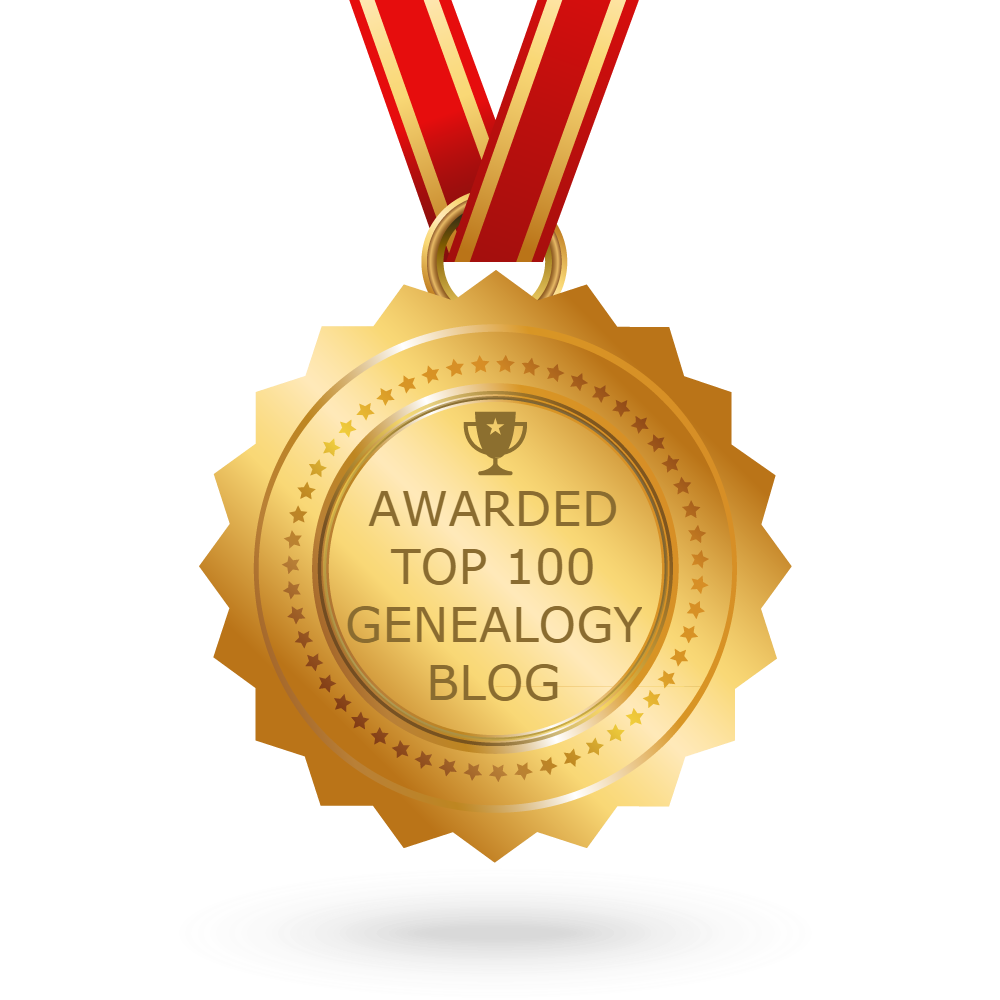 Feedspot 100 Best Genealogy Blogs
Feedspot 100 Best Genealogy Blogs
